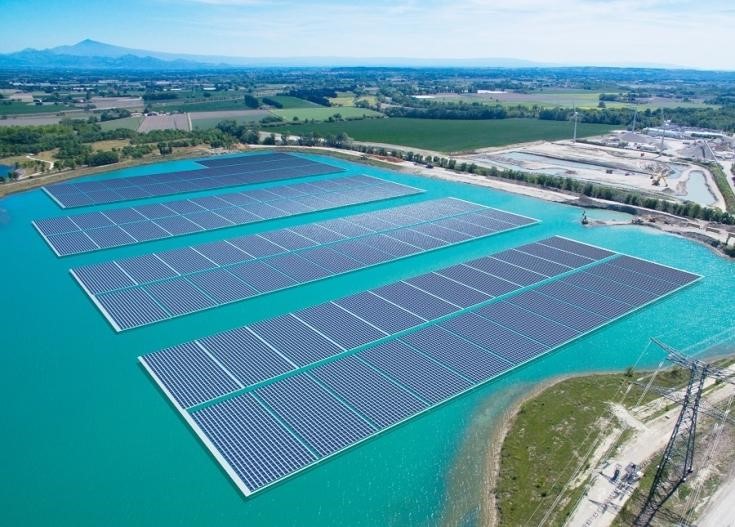The global demand for energy is rapidly increasing each year. In fact, BP’s Statistical Review of World Energy indicates that “[p]rimary energy consumption grew at a rate of 2.9% … almost double its 10-year average of 1.5% per year, and the fastest since 2010” moving even further away from the accelerated transition envisaged by the Paris climate goals. It has, therefore, become crucial to develop and utilise alternative techniques to meet global energy needs. To facilitate a global energy transition to the clean, sustainable and eco-friendly generation of electricity, the energy sector continuously searches for ways to shift the world to a low-carbon economy; promoting energy-efficient techniques through renewable energy sources for reducing the world’s dependence on fossil fuels. Floating photovoltaic systems, as discussed in this article, are one such technique. We have compiled a table of contents for ease of navigation:
As technology advances, it becomes possible to develop innovative techniques with which to generate clean energy using photovoltaic (PV) systems, which is the fastest-growing power generation technology. The biggest problem associated with the implementation of solar energy is the availability of land as it is scarce across the globe. Since almost 71% of the Earth surface comprises water, it makes sense to explore the concept of solar energy by employing floating solar PV systems (or, “floatvoltaics”). This innovative approach allows the installation of solar PVs over any body of water.
Europe’s largest floating solar system, located in Piolenc (France), powered by 17MW of Trina Solar PV modules | Photo: Akuo Energy
- Background
For the last decade, floating solar has emerged globally as a viable market with approximately 200+ global floating solar plants as of 2019. The main goal of floating solar was primarily to improve the usage of underutilised or polluted water bodies. Over time, however, floating solar projects have become the key to changing the world’s power supply to more sustainable energy generation. Nevertheless, before installing a floating solar PV system it is crucial to first establish the energy production of the possible deployment of a PV farm. Since a substantial investment is required to install a floating solar PV plant, investors generally require data of the potential installation and how it can benefit the solar energy sector.
- What are floating photovoltaic systems and how do they work?
Floating photovoltaic systems are a rapidly growing technological application in terms of which these systems are sited directly on water bodies such as drinking water reservoirs, quarry lakes, irrigation canals and so forth. It comprises a floating system to hold the solar panel, a mooring system to stop the floating structure from moving freely in the water, a PV system as discussed above, and an underwater cable to transfer the power generated by the solar panel from the water body to the substation. The water-based configuration of floating photovoltaic systems can be mutually beneficial: In addition to offering benefits such as reduced water loss due to evaporation and improved water quality by hindering algae growth, it can also lower PV operating temperatures and potentially reduce the costs of solar energy generation. Floating photovoltaic systems can be installed in any water section which will not only lower the cost of land but will also increase the amount of generation as a result of the cooling effect of water.
- Conclusion
At a time when society demands a greater transition to low carbon energy, the energy data paints a troubling picture, with both energy demand and carbon emissions growing at the fastest rates seen in years. Floating photovoltaic systems may be the answer to this global challenge. However, floating solar is a relatively new concept with the first patents for this type of technology only registered in 2008. Since then, floating solar has predominately been installed in countries such as China, Japan, and the United Kingdom. As Africa prepares for solar floating and taking a step towards curbing climate change and supporting sustainable development, the Department of Electric and Electronic Engineering is engaged in research to develop water surface albedo modelling for floating PV plants.
Read the complete research below:
The Impact of Water Surface Albedo on Incident Solar Insolation of a Collector Surface
Water surface albedo modelling for floating PV plants





